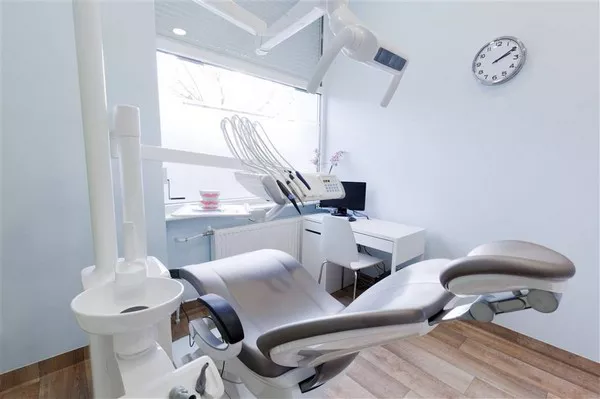A hole in your tooth can be painful and inconvenient, but it’s essential to address the issue promptly to prevent further damage. If you’re wondering what to use to fill a hole in your tooth, read on for our ultimate guide.
Part I: Understanding Tooth Decay
- What causes tooth decay?
Tooth decay occurs when bacteria in your mouth produce acid that wears away the enamel on your teeth. This acid is produced by the combination of sugars and starches that are left on your teeth after eating.
- What are the symptoms of tooth decay?
The early signs of tooth decay include sensitivity to hot or cold foods and drinks, small holes or pits in your teeth, and pain when biting down. As the decay progresses, you may experience severe pain, swollen gums, and even tooth loss.
- How can you prevent tooth decay?
To prevent tooth decay, it’s important to practice good oral hygiene habits, such as brushing and flossing regularly, avoiding sugary and starchy foods, and getting regular dental checkups. You can also use fluoride toothpaste and mouthwash to strengthen your teeth and reduce the risk of decay.
Part II: Filling a Hole in Your Tooth
- What are your options for filling a hole in your tooth?
There are several options for filling a hole in your tooth, depending on the severity of the decay:
- Dental filling: This is the most common method for filling a cavity. The dentist will first remove the decayed part of the tooth and then fill the hole with a material such as composite resin, amalgam, or gold.
- Dental crown: If the decay is more extensive, a dental crown may be necessary to restore the tooth’s shape and function. A crown is a cap that covers the entire tooth and is typically made of porcelain or metal.
- Root canal: If the decay has reached the pulp of the tooth, a root canal may be necessary to remove the infected tissue and fill the resulting hole with a rubber-like material.
- Tooth extraction: In severe cases where the tooth cannot be saved, it may need to be extracted.
- How does a dental filling work?
A dental filling is a simple procedure that can usually be done in one visit to the dentist. The dentist will first numb the area around the tooth with a local anesthetic. Then, they will use a drill or laser to remove the decayed part of the tooth and clean the hole. Finally, they will fill the hole with a material such as composite resin, amalgam, or gold, and shape it to match your natural tooth.
- What are the pros and cons of each filling material?
- Composite resin: This is the most popular type of filling material because it can be matched to the color of your teeth and is less noticeable than other types of fillings. However, it may not last as long as other materials and can chip or wear down over time.
- Amalgam: This is a durable and long-lasting filling material that has been used for decades. However, it is silver in color and may be more noticeable than composite resin.
- Gold: This is a long-lasting and durable filling material that is typically used for cavities in the back teeth. However, it is more expensive than other materials and may not be covered by insurance.
Part III: Aftercare
- How can you care for your teeth after getting a filling?
After getting a filling, it’s important to take care of your teeth to prevent further decay:
- Brush and floss regularly: Brush twice a day and floss at least once a day to remove plaque and food particles from your teeth.
- Avoid hard or sticky foods: Chewing on hard or sticky foods can damage the filling or even dislodge it from your tooth.
- Use fluoride toothpaste: Fluoride can help strengthen your teeth and reduce the risk of decay.
- Schedule regular dental checkups: Your dentist can monitor the filling and make sure it’s still in good condition.
- What are the signs that your filling needs to be replaced?
Fillings can last for years, but they may need to be replaced if they become damaged or worn down. Signs that your filling needs to be replaced include:
- Pain when biting down
- Sensitivity to hot or cold foods and drinks
- Rough or chipped edges
- Discoloration or staining
- How often should you get a dental checkup?
It’s recommended to see your dentist every six months for a routine checkup and cleaning. However, if you’re experiencing any pain or discomfort in your teeth, you should schedule an appointment as soon as possible.
Conclusion
In conclusion, filling a hole in your tooth is an essential step in preventing further decay and maintaining good oral health. By understanding the causes and symptoms of tooth decay, you can take steps to prevent it from happening in the first place. If you do develop a cavity, there are several options available for filling the hole, including dental fillings, crowns, root canals, and extractions. After getting a filling, it’s important to take care of your teeth through regular brushing, flossing, and dental checkups. By following these steps, you can maintain a healthy and pain-free smile for years to come.
Related Topics:





























